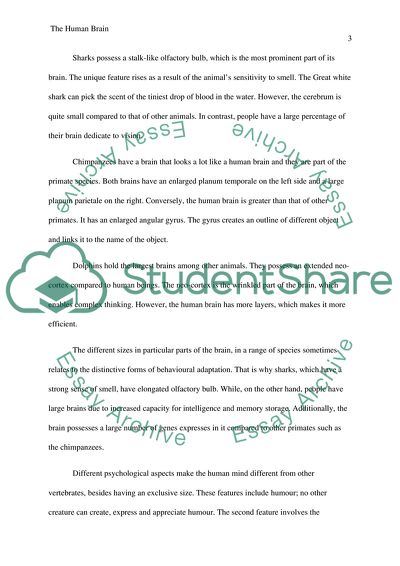Cite this document
(Evolution of the Human Brain Essay Example | Topics and Well Written Essays - 1500 words - 1, n.d.)
Evolution of the Human Brain Essay Example | Topics and Well Written Essays - 1500 words - 1. https://studentshare.org/psychology/1824167-biopsychology
Evolution of the Human Brain Essay Example | Topics and Well Written Essays - 1500 words - 1. https://studentshare.org/psychology/1824167-biopsychology
(Evolution of the Human Brain Essay Example | Topics and Well Written Essays - 1500 Words - 1)
Evolution of the Human Brain Essay Example | Topics and Well Written Essays - 1500 Words - 1. https://studentshare.org/psychology/1824167-biopsychology.
Evolution of the Human Brain Essay Example | Topics and Well Written Essays - 1500 Words - 1. https://studentshare.org/psychology/1824167-biopsychology.
“Evolution of the Human Brain Essay Example | Topics and Well Written Essays - 1500 Words - 1”. https://studentshare.org/psychology/1824167-biopsychology.


